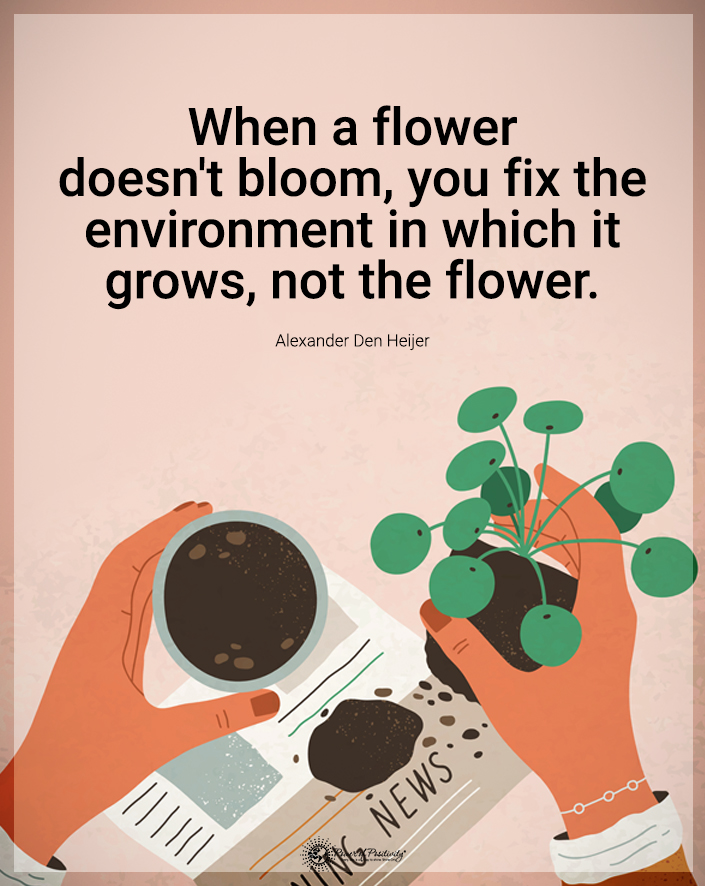Scientists have discovered that climate change causes longer allergy seasons. Researchers from the University of Michigan also determined that rising temperatures lead to more intense allergies.
Because of human-created climate change, they predict that pollen emissions will occur forty days earlier by 2100. Compared to average allergy seasons between 1995 and 2014, seasons today could also last nineteen days longer.
This change means allergy sufferers must contend with high pollen counts much earlier in the spring. Also, because of hotter temperatures due to rising CO2 levels, yearly pollen emissions could increase by 200%.
“Pollen-induced respiratory allergies are getting worse with climate change,” said Yingxiao Zhang, a UM graduate student research assistant in climate and space sciences and engineering. She’s also the first author of the paper in Nature Communications.
“Our findings can be a starting point for further investigations into the consequence of climate change on pollen and corresponding health effects.”
UM researchers constructed a predictive model which analyzes fifteen of the most prevalent pollen types. The model also examines how pollen production will change due to temperature and precipitation variations.
Next, they combined climate and allergy season data with various socioeconomic scenarios. To create the models, they used data from 1995 through 2014. Then they used this model to forecast pollen emissions for the latter part of the 21st century.
Allergy symptoms vary from person to person but can range from mild to severe. Common symptoms include sneezing, watery, itchy eyes, rashes, a runny nose, and cough. However, some people may experience more severe symptoms like trouble breathing or anaphylaxis.
According to the Asthma and Allergy Foundation of America (AAFA), over fifty million Americans experience allergies yearly. About half of these allergy sufferers, or 24 million, experience seasonal allergies. Allergies are the sixth leading cause of chronic illness in the United States, with an annual cost of over $18 billion.
Climate Change Making Allergy Seasons Longer and More Intense
The most common indoor and outdoor allergy triggers include tree, grass, and weed pollen. Mold spores, dust mites, cat and dog hair, rodent urine, and cockroaches can also cause allergies. Regarding outdoor allergy triggers, climate change worsens weed, tree, and grass pollen.
Higher temperatures cause plants to become active earlier in the season and produce more pollen on average.
However, Allison Steiner, UM professor of climate and space sciences and engineering, said her team’s models could offer solutions. They could eventually predict allergy seasons in various regions of the country.
“We’re hoping to include our pollen emissions model within a national air quality forecasting system to provide improved and climate-sensitive forecasts to the public,” she said.
The National Science Foundation helped fund the research.
A separate study agreed.
A separate study on allergy seasons by the UM School of Public Health confirmed the findings above. Researchers found that climate change results in earlier spring seasons and more severe hay fever allergies.
The study, published in PLOS ONE, gathered data from over 300,000 respondents between 2002 and 2013. It marks the first research to analyze how climate change impacts allergy seasons nationally.
“We found that areas where the onset of spring was earlier than normal had 14% higher prevalence of hay fever,” said Associate Professor Amir Sapkota in the Maryland Institute for Applied Environmental Health. “Surprisingly, we also found similar risk in areas where the onset of spring was much later than what is typical for that geographic location,” he added.
When spring arrives early, it worsens allergies since the season lasts longer. However, late-onset of spring can cause similar effects since many trees simultaneously flower. This increases pollen concentration in a relatively short timeframe, potentially worsening allergies.
Hay fever, or “seasonal allergic rhinitis,” impacts 25 million adults in the United States yearly. The research team believes this number will only increase as climate change intensifies.
The Five Best Ways to Reduce Allergy Symptoms
These studies may make you feel hopeless about treating symptoms if you suffer from seasonal allergies. However, despite longer allergy seasons, you can still find relief from itchy eyes and a runny nose. Let’s go over a few ways to combat allergies so you can enjoy life to the fullest.
- Install HEPA filters in your home. These pleated mechanical air filters can capture tiny particles like allergens, viruses, bacteria, mold, and pet dander. When air moves through the pleated mesh overlying the filter, it traps about 99.97% of harmful particles. People with severe allergies should consider these types of filters for their homes.
- Stay indoors when the pollen count is high. If possible, refrain from going outside on days with high pollen levels. Keep all windows and doors closed, and turn on the air conditioning to reduce exposure.
- Take probiotics. Since 70-80% of immune cells live in our gut, taking probiotics can bolster good bacteria and reduce allergic responses. A University of Florida study found that a combination of lactobacilli and bifidobacteria, sold as Kyo-Dophilus in stores, could reduce hay fever symptoms. The team said that probiotics help increase T-cells in the body, which enhances tolerance to common allergens.
- Maintain a healthy diet. Plenty of fresh fruits, vegetables, and grains will lower inflammation, reducing histamine and cortisol. Also, a diet rich in antioxidants will protect you from disease and enhance immunity.
- Drink plenty of water. Staying properly hydrated flushes mucus out of the body and reduces histamine production. Drink at least two or three liters of water daily to keep allergies in check.
Final Thoughts on Why Climate Change Lengthens Allergy Seasons
Researchers have found that climate change results in longer, more severe allergy seasons. Higher temperatures mean spring occurs earlier in many areas across the globe. As a result, plants bloom sooner and produce more pollen, causing hay fever symptoms for millions. One study by the University of Maryland found that allergy seasons are nineteen days longer on average compared to the past two decades.
However, this doesn’t mean allergy sufferers should accept a lower quality of life. Staying indoors on days with high pollen counts, maintaining a healthy lifestyle, and installing HEPA filters can reduce allergy symptoms.
The post Study Explains Why Climate Change Means Longer Allergy Season appeared first on Power of Positivity: Positive Thinking & Attitude.




